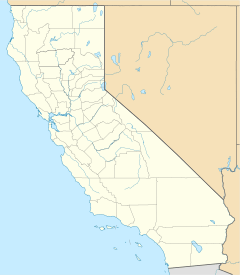Watson's Ferry, California facts for kids
Quick facts for kids
Watson's Ferry
|
|
|---|---|
|
Former settlement
|
|
| Country | United States |
| State | California |
| County | Fresno County |
| Elevation | 160 ft (50 m) |
Watson's Ferry was once a small community and an important spot in California. It was a place where people could cross the river using a ferry. It was also a steamboat landing, meaning boats could stop there.
This settlement was located on the Fresno Slough. This is a small channel of water that flows into the San Joaquin River. Watson's Ferry was near the city of Mendota in Fresno County, California. It was about 8 miles southeast of Firebaugh.
A Look Back: Watson's Ferry History
Watson's Ferry was a very busy place for steamboats. From the late 1860s to the early 1900s, it was the farthest point steamboats could travel up the San Joaquin River. This journey was about 248 miles from Stockton, California.
Why Watson's Ferry Was Important
This location was a key crossing point. It connected the western part of Fresno County to the county seat, which was to the east. This made it easier for people and goods to travel.
Watson's Ferry also became a big center for sheep shearing. Each year, up to 200,000 sheep were shorn there. The wool from these sheep was then sent by steamboat all the way to San Francisco.
The End of Steamboat Travel
Over time, the San Joaquin River and Fresno Slough began to lose water. This happened because of irrigation, which is when water is taken from rivers to water crops. There wasn't enough water left for steamboats to travel.
Eventually, a new place called Whites Bridge was built. It was only two miles up the Fresno Slough. Whites Bridge then became the new main spot for steamboat travel.


